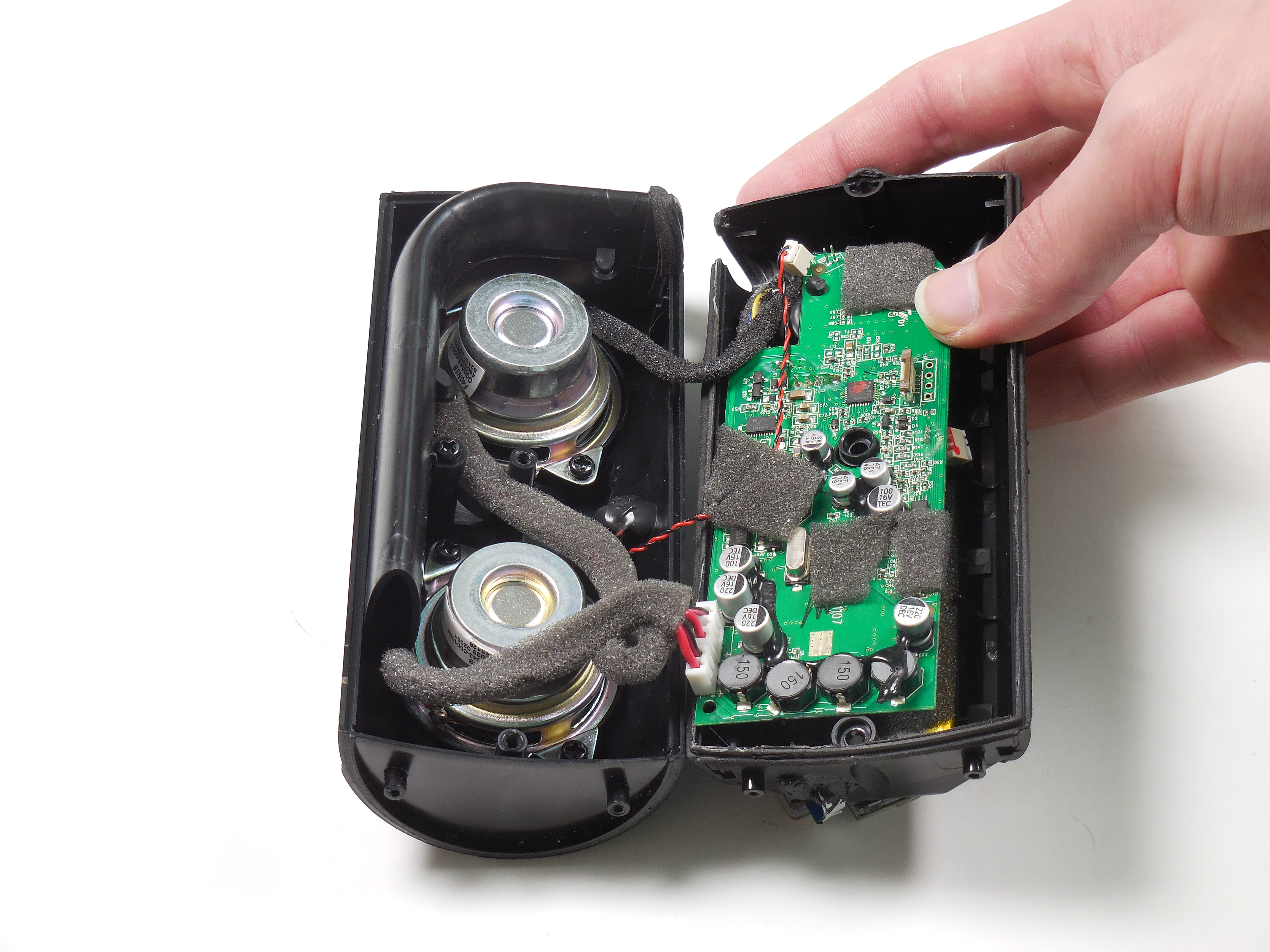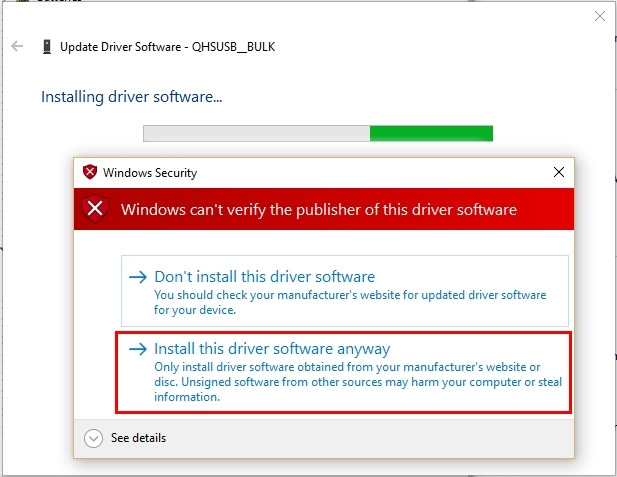- Speedup Port Devices Driver Download Mac
- Speedup Port Devices Driver Download
- Speedup Port Devices Driver Download Windows 7
- Speedup Port Devices Driver Download Free
USB 3.0 transfer speed is slow on my laptop. This started recently, and I’m almost pulling my hair because data transfers are crucial to my photography job. I need help please. How do I fix this mess? Thanks.
Computers offer you several methods of transfers; wired and wireless. More than 60% of all computer transfers are wired and done with a USB. If your USB 3.0 transfer speed slows down suddenly, then this post is for you. Here, you will find reasons for this issue and ways to fix it.
XFast USB is a program created by ASRock which was designed to speed up file transfers from USB flash devices and other mass storage devices connected to the USB port. The application includes two separate modes: Normal and Turbo. Needless to say, the latter is the fastest way to copy files. Change the File System to Speed Up USB 2.0 Data Transfer Rate. The file system can have a great impact on the performance of a USB device. Many devices come from the manufacturer store with the maximum data storage capacity. They actually keep the file system in a conservative format to allocate data in very small chunks.
Fix 1: Update USB Controller Driver
Fix 2: Fix Slow USB 3.0 Transfer Speed by Converting USB 3.0 from FAT32 to NTFS
- 1 files 18220 downloads Windows Drivers: USB 3.0 4-Port PCI Express Card / XP/Vista/7/8 32-Bit And 64-Bit. Windows Drivers: Download: CB-RS232 4 files 60507 downloads Linux Drivers, Mac Drivers, User Manuals, Windows Drivers: USB 2.0 To Serial (9-PIN) DB-9 RS-232 Adapter: Linux Drivers, Mac Drivers, User Manuals, Windows Drivers: Download: CB-FTDI.
- Global Nav Open Menu Global Nav Close Menu; Apple; Shopping Bag +.
Part 1: Cases and Causes of USB 3.0 Transfer Speed Slow
To appreciate what I mean when I say a USB 3.0 transfer speed slows down, let’s look at the following cases:
“I purchased my flash drive and noticed that it sends and receives data quite slowly. My old flash clocks around 20MB/s if I remember correctly. How come this new one does not go above 50KB/s?”
Speedup Port Devices Driver Download Mac
“After upgrading my laptop to Windows 10, my USB 3.0 thumb drive now takes hours to copy data. I use the drive a lot with my home theater, and it’s quite frustrating. It copies at speeds as slow as 2MB/s”.
Reasons for USB 3.0 Transfer Speed Slow
If your USB 3.0 transfer speed slows down from say 450MB/s to 3MB/s, know that it can be caused by one of the following factors:
You recently upgraded from Windows 7 or 8 to Windows 10.
Formatted the USB 3.0 flash drive.
Part 2: How to Fix USB 3.0 Transfer Speed Slow Issue
1Update USB Controller Driver
If the USB 3. transfer speed slows down after you performed an upgrade to Windows 10, it may be due to driver incompatibility. If so, you need to update the USB controller driver. Using one of the following two techniques below:
Update Driver from Windows Update
Step 1: Ensure that Windows updates is enabled. Press Windows + “I” to open Settings. Click “Update & security” and select “Windows Update'.
Step 2: Check for pending Windows updates.
Step 3: Begin the updating. Before you start, save your opened work.
Step 4: Restart your machine if it does not do so automatically and confirm if the UB 3.0 transfer speed slow has increased.
Update Driver from Device Manager

Step 1: Press Windows + “X” and click on “Device Manager”.
Step 2: From the list, expand Universal Serial Bus controllers to reveal some more items.
Step 3: Right-click a driver, click “Update drive”, and follow the guide. Do this for all the other drivers.
Step 4: Reboot your PC and confirm that the transfer speed has improved.

2Fix Slow USB 3.0 Transfer Speed by Converting USB 3.0 from FAT32 to NTFS
If the file system of your USB storage device is FAT32, you can convert it to NTFS to fix the slow transfer speed issue. However, before performing the convert, you'd better backup your files to avoid losing important data. Simply follow the steps below:
Restore Data from USB 3.0 Device
You have several options for restoring your data, and in this post, I’ll only talk about the tool I use and have trusted for years - AnyRecover. This computer software does exactly what you need in your data recovery job, but what separates it from the rest is its other features, how quick it works, and the ease of use. Continue reading to find out what makes AnyRecover unique.

Features of iMyFone AnyRecover:
Restore data lost no matter the scenario - deleted, lost to virus, formatted, lost partitions, etc.
Works well with any computer, drive, or any other storage device.
Supports more than 1000 file types. Can restore documents, videos, audios, emails, etc.
High recovery success rate of 98%.
Does not overwrite existing files. This program is safe for your data.
Easy to use for even non-technical users.
Steps to Recover Data with AnyRecover
Step 1. Launch AnyRecover, and choose the recovery mode. Here, we use “External Device Recovery'.
Step 2. Connect the drive to be recovered. This could be a USB thumb drive, digital camera, SD card, etc.
Step 3. Click “Next” and choose the media you want AnyRecover to restore data from and choose the file type. Then, click “Scan”.
Step 4. From the list of scan results, you can click an item to preview it. check all the files you want to restore and click “Recover”.
Step 5. If the “External Device Recovery” mode fails to find your file, you can start over, but this time, use the “All Round Recovery mode”.
Convert USB 3.0 from FAT32 to NTFS
Step 1: Press the Windows key and “X” simultaneously, and from the menu, click “Command Prompt (Admin)”.
Step 2: Run Command Prompt as an Administrator account if needed.
Step 3: Xbox peripherals driver download for windows. In Command Prompt, enter the following command and press Enter.
Convert E:/fs:ntfs
(Change “E” in the command above to your drive letter).
Conclusion
If your USB 3.0 transfer speed slows down, it could be caused by a driver compatibility issues and other factors we discussed in this article. You have also seen how to recover files lost in any scenario. Now, you can bookmark this page to find it quickly if you need to follow the guide here.

In the fast-paced world of the technology, there are many resources in regard to electronics playing part in enhancing lives. Data transfer is a highly used technology paralleling your computer peripherals and smart technology devices. Yes, you heard it right? We are talking about the small equipment flash drive “USB Drive”, through which your data is transferred hassle-free. But there is always a hack of causes, fixes, and step by step guide to get the best use of the resources. It’s necessary to stay above the competitive range of the advancing hacks and advancements.
With the speedy technology of refined research, USB port is now available to tablets, laptops, TVs and so on, so you can easily plug USB drives into them. If you are facing the issues of the slow speed with the transfer of the files, here are a few guides to increase the data transfer with a flash drive. Let’s see some common causes of a slow run of the Flash Drive.
Possible Causes of Slow USB transfer Speeds
Here we are discussing only possible reasons that cause accidentally drops on USB drive transfer speed, like from 500MB/s to 2MB/s, especially after some changes on computer or USB stick.
- Upgrade to Windows 10 from Windows 7 or Windows 8
- Format USB flash drive, for example, in order to transfer large files to FAT32
In these cases, actions, like “Better performance” optimization, turning off Windows Defender or disabling some settings, may not work, or at least won’t make significant difference.
Solution 1. Fix Slow USB Transfer Speeds by Updating USB Driver
If the transfer speed of your USB drive slows down after upgrading computer to Windows 10, then there is possibly a driver issue.
Update driver from Windows Update
When you upgrade from Windows 7 or 8 to Windows 10, there may exist compatibility problem on USB driver. However, Microsoft is keep releasing updates for Windows 10 to fix known errors. Make sure you didn’t disable Windows 10 update completely, then follow steps below.
- Step 1. Go to Settings > Update & security > Windows Update.
- Step 2. Check pending updates. You should get a preview of available updating items.
- Step 3. Start the update. Save all opened work in case computer restarts itself after update.
- Step 4. Reboot computer if it doesn’t and check if USB transfer speed is increased.
Update USB controller driver from Device Manager
- Step 1. Press Windows key + X at the same time, then select Device Manager.
- Step 2. Expand Universal Serial Bus controllers.
- Step 3. Right-click on a USB driver and choose Update drive. Follow the guide to complete update. Repeat and update all drivers
- Step 4. Restart computer and check if this speeds up USB transfer.
You can also go to your computer manufacturer’s website and download latest USB drivers for Windows 10.
Solution 2. Fix Slow USB Transfer Speeds by Formatting to exFAT or NTFS
Drivers thunder-max port devices. It is actually not suggested format a new USB drive unless it is really necessary. Some premium USB drives, especially those made by giant manufacturers, are built with best structure and alignment, which may lose after formatting. However, if the USB transfer speed is already slowed down, you may give it a try.
Usually, USB disk drives come with FAT32 file system. Depending on future application scenarios, you can format USB drive as NTFS or exFAT. Generally speaking, NTFS is better working in Windows computers, while exFAT is better in Mac.
- Step 1. Back up your USB drive data, then connect it to a Windows computer.
- Step 2. Open Windows Explorer (My Computer), then right click the USB drive and choose Format…
- Step 3. Set File System as NTFS (or exFAT), untick Quick format.
- Step 4. Click Start, then choose OK to confirm and start formatting.
Now test the USB transfer speed after formatting. In case you lose important files due to formatting, please a try a professional data recovery software.
Solution 3. Speed up USB Transfer by Using Copy Utility
If none of the above tricks work for you, then you can consider a third-party utility to replace default Explorer for USB file transfer. TeraCopy is one of the most famous copy utilities. It has a lot of useful features that Windows Explorer doesn’t provide. It also works for some people (if not everyone) to speed up USB transfer.
Speedup Port Devices Driver Download
With the technology shaping the people lives with the small devices, latest USB 3.0 and 3.1 are very speedy for file copy and transfer. It is worth of effort to try those solutions in order to keep and speed up USB transfer. Tell us your cases and get helpful suggestion now!
Speedup Port Devices Driver Download Windows 7
Related Articles
Speedup Port Devices Driver Download Free
New Articles

